
Connecticut 3D Landscape Design
Creating the perfect outdoor space is no small task—but with Connecticut 3D Landscape Design by ShrubHub, you can see your vision come to life before any work even begins! Whether you're looking to enhance your front yard’s curb appeal, design a cozy backyard retreat, or create a functional outdoor living space for entertaining, our innovative 3D technology ensures every detail is carefully planned and executed to perfection.
Connecticut’s unique landscape, with its distinct four-season climate, charming colonial homes, and lush greenery, calls for a thoughtful and customized approach to outdoor design. That’s why our expert designers work closely with you to develop a plan that complements your home’s architecture, suits your lifestyle, and thrives in Connecticut’s environment. From elegant garden pathways and vibrant flower beds to custom patios, fire pits, and pergolas, we tailor each design to fit your needs while maximizing beauty, functionality, and sustainability.
With ShrubHub’s affordable and professional 3D design services, you’ll receive a fully customized blueprint of your dream landscape—allowing you to make informed decisions and bring your outdoor oasis to life with confidence. No more guesswork, no more surprises—just a clear, stunning vision of your future yard.
Ready to take the first step toward a breathtaking outdoor transformation? Let’s design your dream landscape together!
Connecticut Landscape Designs by ShrubHub
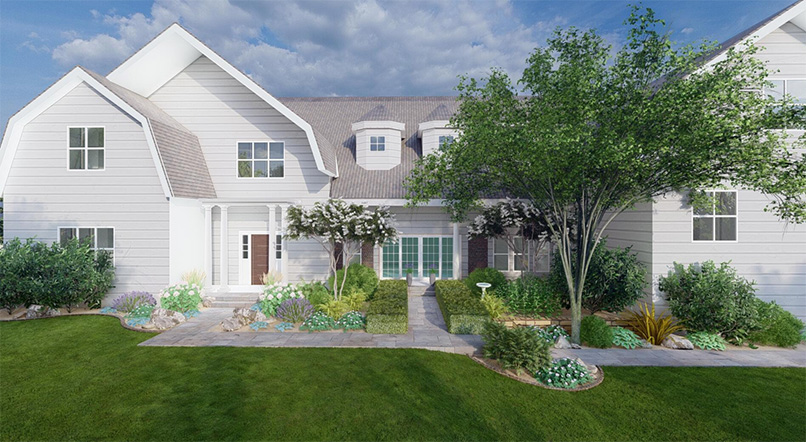
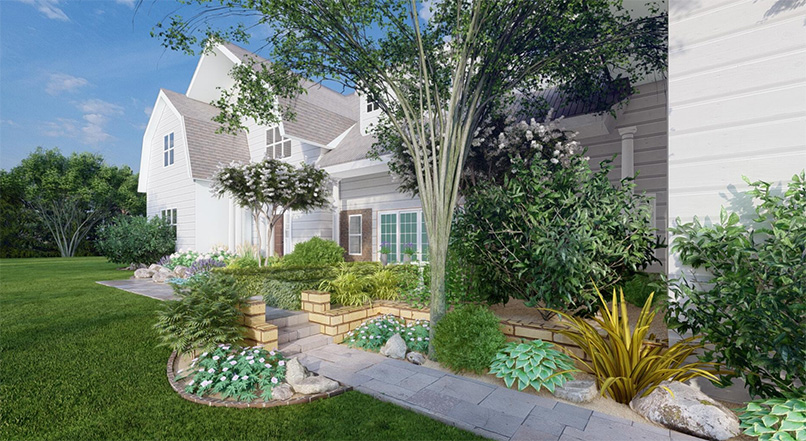
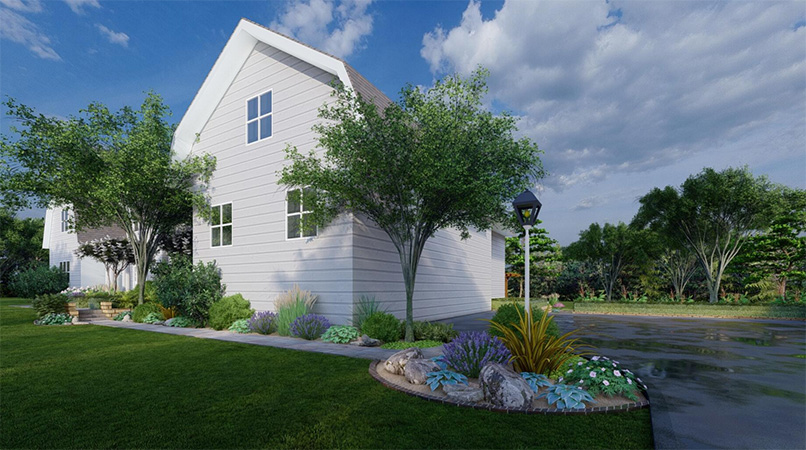
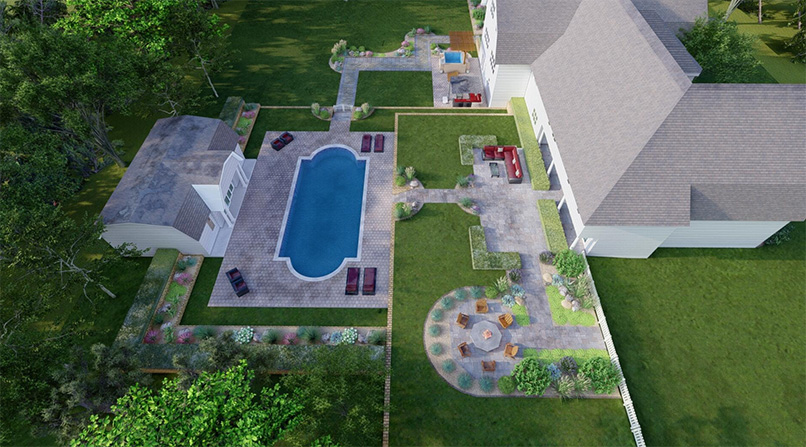
Key Considerations for Connecticut Landscape Design by ShrubHub
At ShrubHub, we understand that designing the perfect outdoor space in Connecticut requires a thoughtful approach that balances beauty, functionality, and seasonal adaptability. With its charming New England scenery, distinct four-season climate, and diverse terrain, Connecticut landscapes demand strategic planning to ensure long-term success. Here are the key considerations when designing your Connecticut home landscape:
Designing for Four Seasons
Connecticut experiences all four seasons, from snowy winters to warm summers, so your landscape should be designed for year-round appeal. Consider incorporating:
- Evergreens (Boxwood, Spruce, Holly) for winter greenery
- Flowering trees (Dogwood, Cherry, Magnolia) for spring color
- Perennials (Hostas, Black-Eyed Susans, Coneflowers) for summer vibrancy
- Ornamental grasses and maples for stunning fall foliage
Selecting Plants for Connecticut’s Climate
Native and well-adapted plants thrive with minimal maintenance while supporting local wildlife. Top choices include:
- Shade Trees: Red Maple, Sugar Maple, Oak
- Shrubs: Hydrangeas, Rhododendrons, Mountain Laurel (CT’s state flower)
- Ground Covers: Pachysandra, Vinca, Creeping Phlox
Managing Soil and Drainage
Connecticut’s landscape varies from coastal sandy soils to inland clay-heavy soils. Conducting a soil test helps determine necessary amendments for healthy plant growth. Additionally, proper drainage solutions—like French drains, dry river beds, or rain gardens—can prevent waterlogging and erosion.
Creating Functional Outdoor Living Spaces
With New England’s scenic beauty, homeowners love extending their living spaces outdoors. Patios, fire pits, pergolas, and outdoor kitchens add comfort and increase home value. Using natural stone, brick, or bluestone ensures a classic New England aesthetic that withstands seasonal weather.
Sustainability and Eco-Friendly Landscaping
Eco-conscious landscaping enhances the environment while reducing maintenance costs. Consider:
- Rainwater harvesting for irrigation
- Native plants that require less water and fertilizer
- Mulching to retain soil moisture and suppress weeds
- Pollinator gardens to attract bees and butterflies
Enhancing Curb Appeal with Hardscaping
Stone walkways, decorative retaining walls, and classic white picket fences enhance the charm of Connecticut homes. Using locally sourced materials like New England fieldstone can add character while maintaining a timeless appeal.
By considering these essential factors, ShrubHub’s 3D Landscape Design Services help Connecticut homeowners create stunning, functional, and sustainable outdoor spaces tailored to their needs and environment.
ShrubHub’s Expert Landscape Design Team
At ShrubHub, our landscape design team is dedicated to transforming outdoor spaces into breathtaking, functional environments that seamlessly blend beauty with sustainability. With a keen eye for design and a deep understanding of eco-friendly practices, our experts craft landscapes that enhance both aesthetics and usability.
From serene garden retreats to vibrant outdoor entertainment areas and sustainable urban sanctuaries, our team brings every vision to life through meticulous planning, innovative solutions, and unparalleled attention to detail. Whether you're looking to create a peaceful escape or a dynamic social space, we ensure every design is tailored to your needs and the natural surroundings.
Meet the creative minds shaping the landscapes of the future.

Connecticut 3D Landscape Design by ShrubHub – Customer Reviews
A beautifully designed outdoor space is more than just visual appeal—it’s about creating a functional, lasting environment that enhances daily life. At ShrubHub, we take pride in delivering 3D landscape designs that bring our clients’ visions to life. But don’t just take our word for it—hear from those who have experienced the transformation firsthand.
Our customers share how ShrubHub’s expert team has reimagined their landscapes, blending creativity, sustainability, and functionality into stunning outdoor retreats. Their feedback speaks to the impact of our designs and the quality of our service.
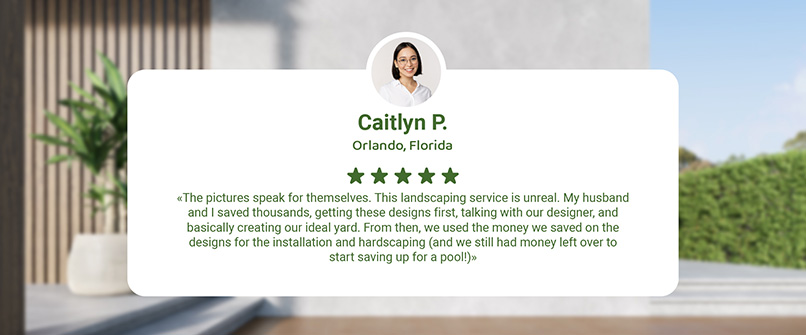
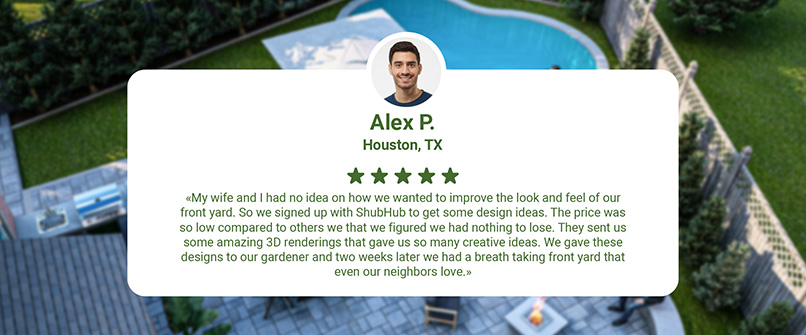
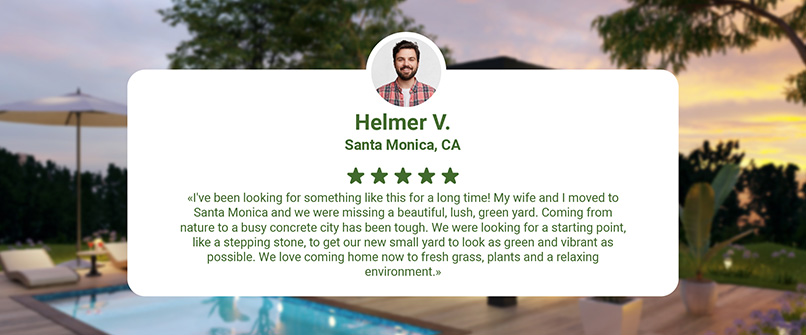
Need Assistance with a Connecticut 3D Landscape Design?
Transforming your outdoor space starts with the right plan! Whether you're looking to enhance your curb appeal, create a serene backyard retreat, or design a functional outdoor living area, ShrubHub’s expert 3D landscape design services are here to bring your vision to life.
Our team specializes in crafting customized, sustainable, and stunning landscapes tailored to Connecticut’s unique climate and charm. With our cutting-edge 3D technology, you can visualize your dream yard before any work begins—ensuring every detail is perfected.
Ready to get started? Contact us today and let’s design the outdoor space you’ve always wanted!

Our Weekly Blog
Here are some pro tips, recommendations, and budget-friendly ideas on landscaping, complete yard renovations, and garden maintenance from our talented group of design experts.

